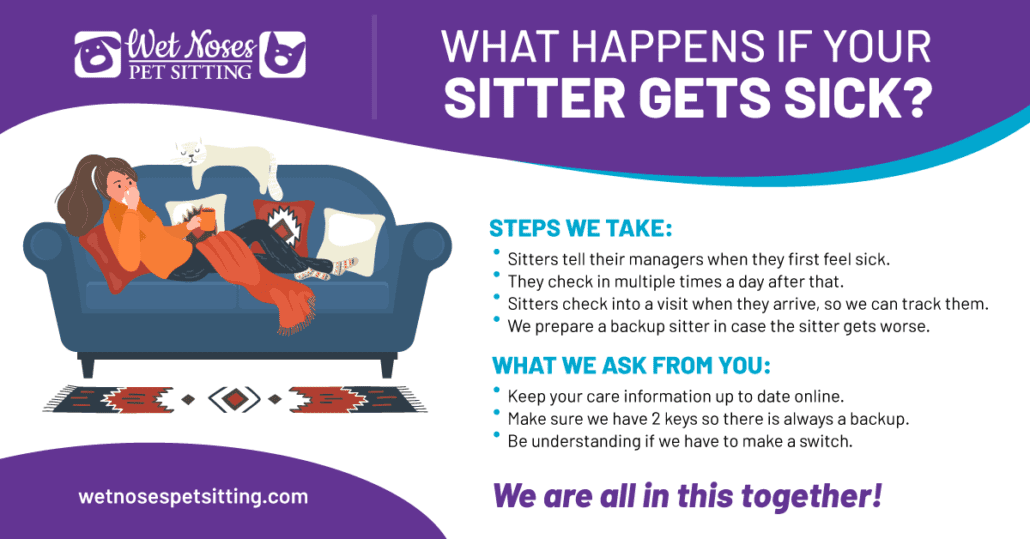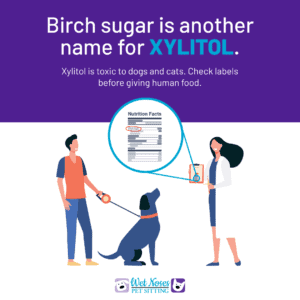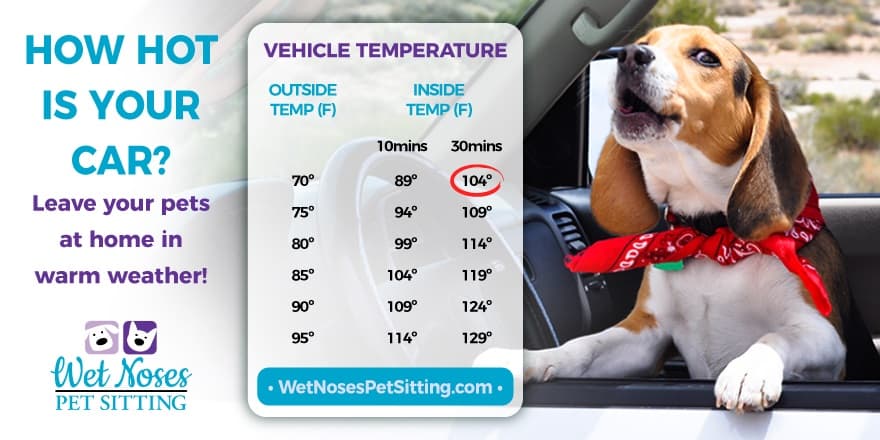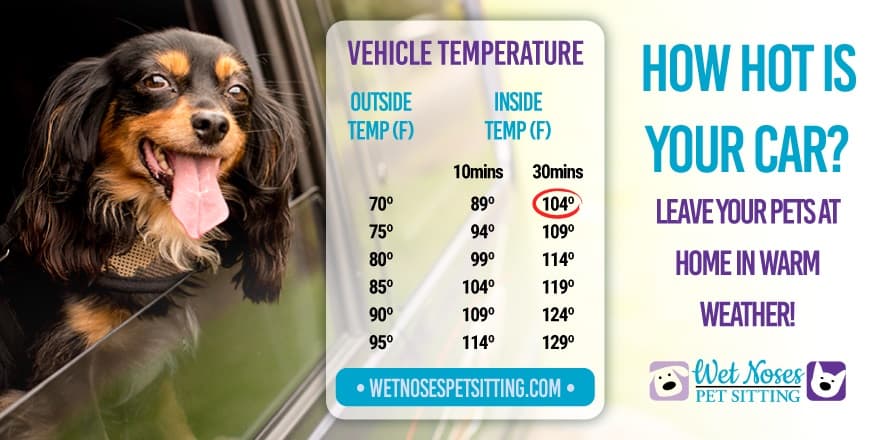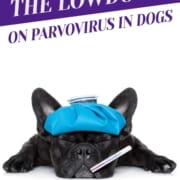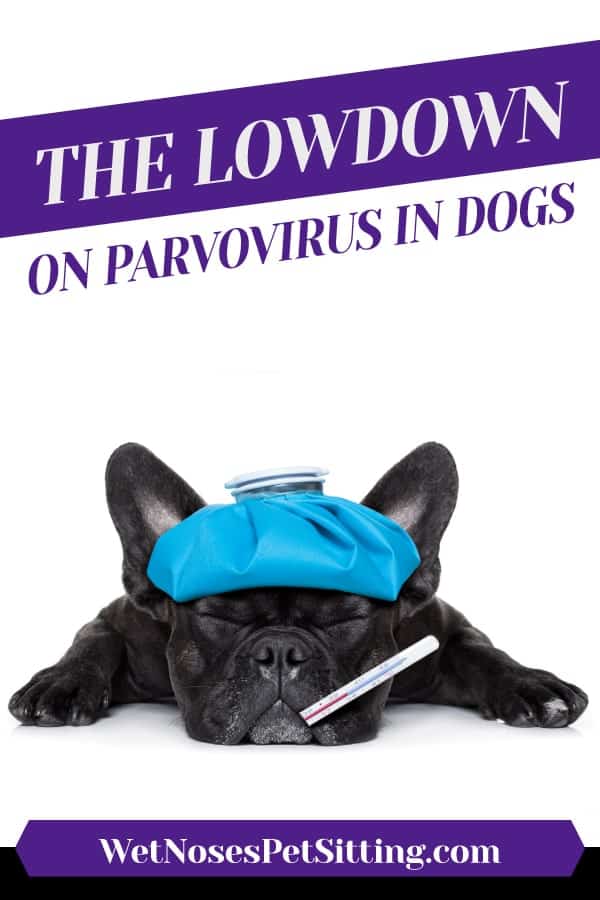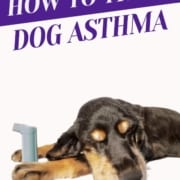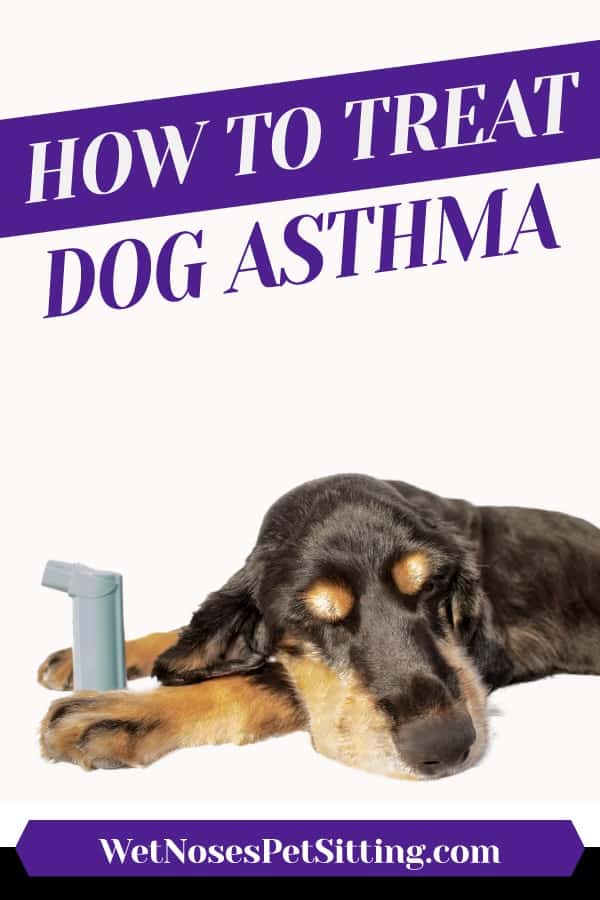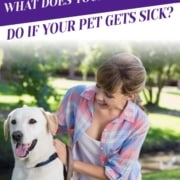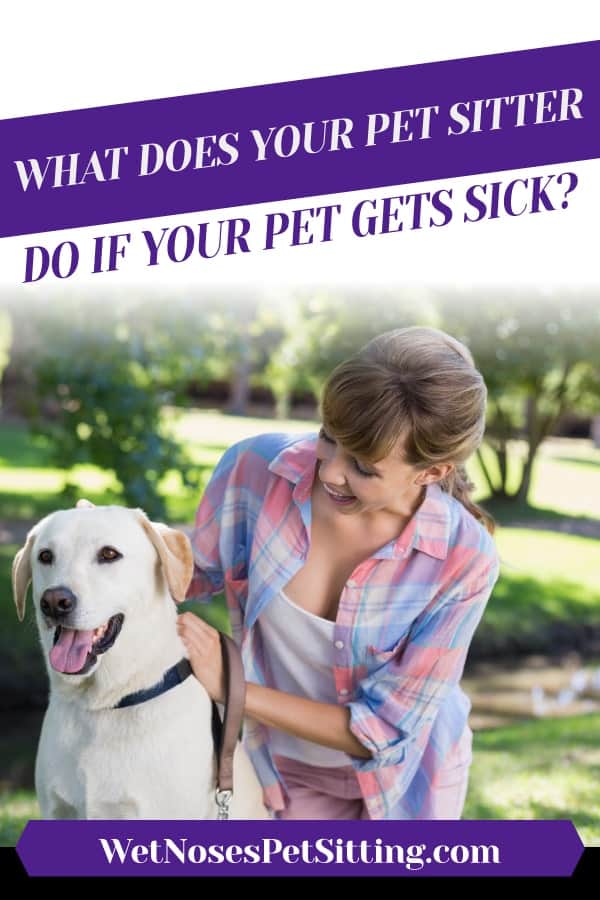What Do We Do if Your Pet Sitter Gets Sick?
This is a stressful time with Coronavirus going around, but it is important for all pet sitters to have a solid plan for what to do if a sitter gets sick or otherwise cannot make it to a visit. This can happen if a sitter is ill, is in an accident or has a family emergency.
- If a sitter is a solo sitter then they should have a backup system in place for emergencies
- If it is s pet sitting company then there should be a thorough system for another sitter stepping in
When a backup sitter may be needed:
- If a pet sitter becomes too ill to continue with visits
- If a pet sitter is in a car accident or otherwise injured
- If the pet sitter has a family emergency
How we prepare for a sitter getting sick:
- Sitters tell their managers when they first feel sick
- Sitters check in multiple times a day after that
- Sitters check into a visit on our software when they arrive, so we can track them throughout the day
- We verify all of the necessary information for pet and home care is up-to-date, including an extra key
- We prepare a backup sitter to take over if necessary
What YOU can do to be prepared:
- Make sure your information is our booking software is up-to-date at all times
- Be sure your pet sitter has 2 keys or another backup way for a sitter to enter your home
- Be understanding of any changes – we notify the client as soon as any changes are made and offer frequent updates
In stressful times like these we can all get through it if we stick together!
We are doing daily Facebook Live posts like these, so join us to learn how to make the best of it!



